| Structure | Name/CAS No. | Articles |
|---|---|---|
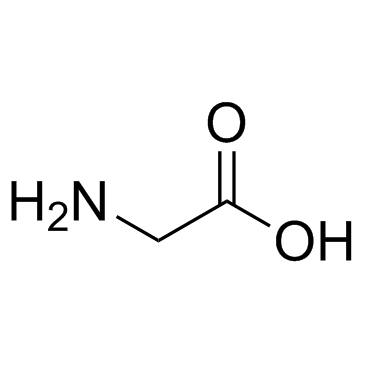 |
Glycine
CAS:56-40-6 |
|
 |
Methanol
CAS:67-56-1 |
|
 |
sodium dodecyl sulfate
CAS:151-21-3 |
|
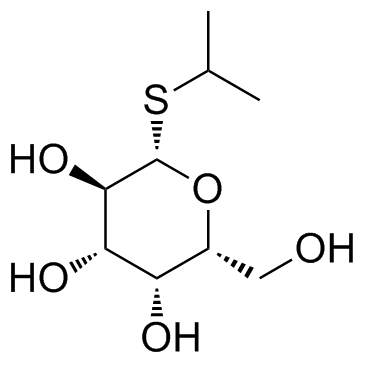 |
Isopropyl-beta-D-thiogalactopyranoside
CAS:367-93-1 |
|
 |
dichloroethane
CAS:107-06-2 |
|
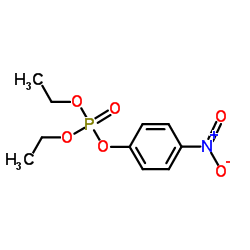 |
PARAOXON
CAS:311-45-5 |
|
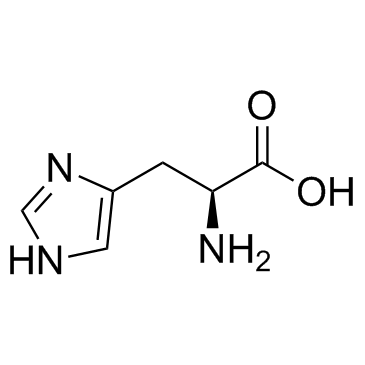 |
L-Histidine
CAS:71-00-1 |
|
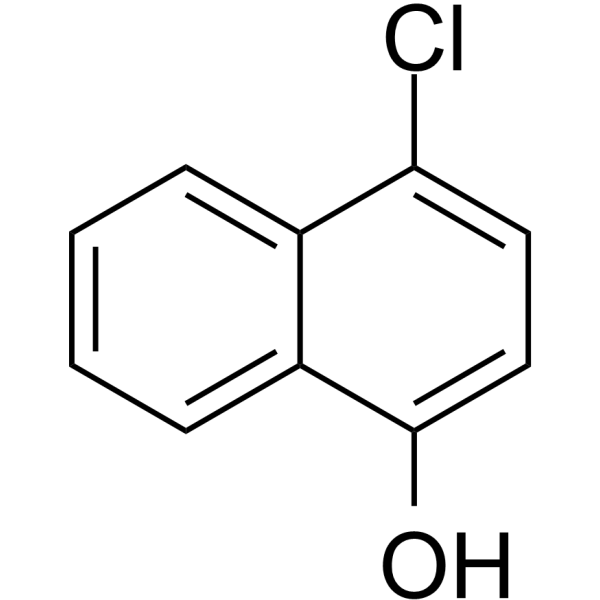 |
4-Chloronaphthalen-1-ol
CAS:604-44-4 |
|
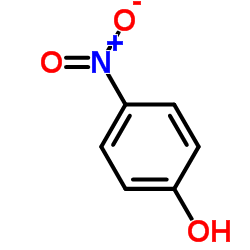 |
4-Nitrophenol
CAS:100-02-7 |
|
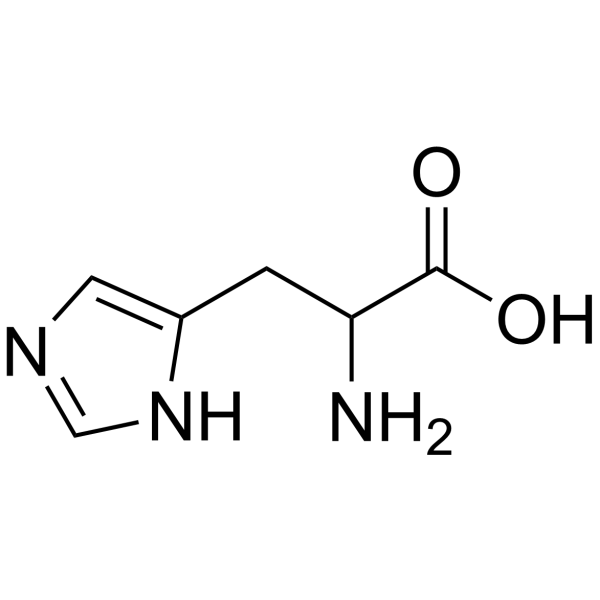 |
DL-Histidine
CAS:4998-57-6 |